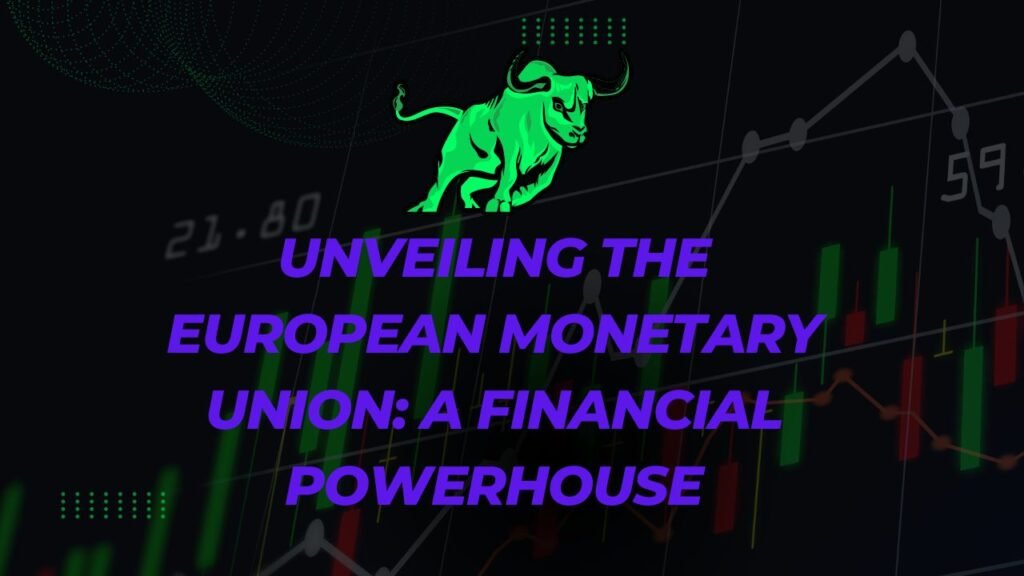
What is the European Monetary Union? This question piques the interest of many in the financial world. The European Monetary Union (EMU) represents a monumental step in financial collaboration and integration among European nations. Let’s embark on a journey to explore this union’s intricacies and impacts.
Decoding the European Monetary Union: A Comprehensive Introduction
The European Monetary Union is a group of European Union (EU) member states that have adopted the euro as their common currency and sole legal tender. It symbolizes a significant stride towards economic integration and stability in Europe.
The Pillars of the European Monetary Union
Economic Integration and Policy Coordination
The EMU requires member states to coordinate their economic and fiscal policies, aiming for economic stability and growth throughout Europe.
The Euro: A Symbol of Unity
The introduction of the euro under the EMU banner has facilitated seamless trade and financial transactions across member states, bolstering the European economy.
The Journey of the European Monetary Union: Key Milestones
The Maastricht Treaty of 1992 laid the groundwork for the EMU, setting convergence criteria for member states. The euro was then introduced in 2002, marking a new era in European financial history.
The EMU’s Impact on Global Finance
Facilitating Trade and Investment
The EMU, through the euro, has simplified cross-border trade and investment, reducing currency risk and transaction costs.
A Major Player in the Global Economy
The EMU, with the euro as one of the world’s leading currencies, plays a pivotal role in global financial markets and monetary policies.
Frequently Asked Questions (FAQs)
Q: How does the EMU benefit its member countries?
A: The EMU promotes economic stability, simplifies transactions, and enhances political and economic cooperation among its members.
Q: Can any EU country join the EMU?
A: EU countries must meet specific economic criteria, including stable exchange rates and low inflation, to join the EMU.
Q: Has the EMU faced any challenges?
A: Yes, the EMU has navigated through various economic challenges, including the sovereign debt crisis, requiring strong coordination and support among member states.
Concluding Thoughts: The European Monetary Union’s Role in Shaping Europe
In conclusion, understanding what the European Monetary Union is crucial in grasping Europe’s economic landscape. The EMU represents more than just a monetary arrangement; it is a symbol of European unity and strength in the global economy.
Remember, the EMU’s journey is ongoing, with continuous efforts to enhance economic stability and growth for its member states.